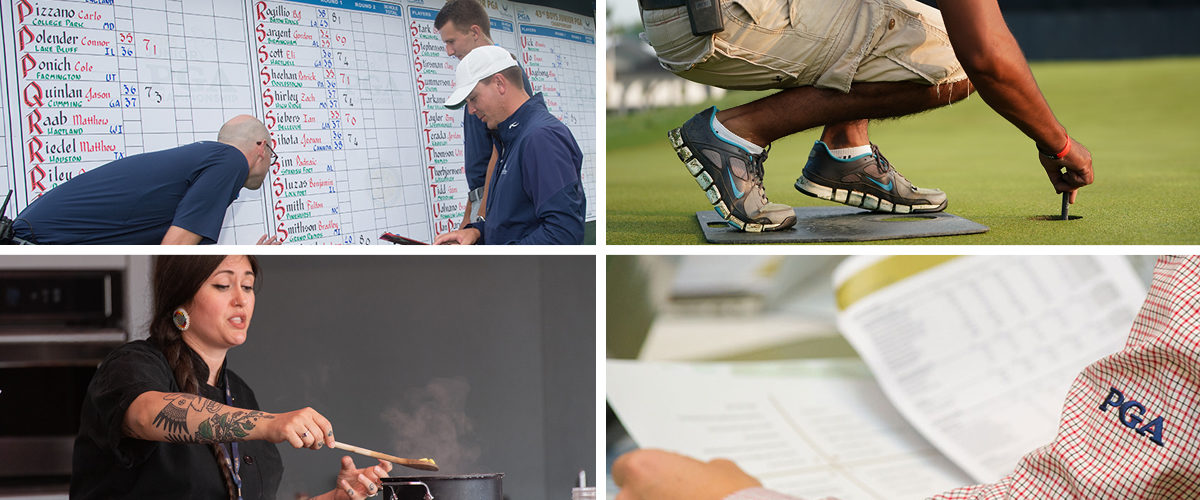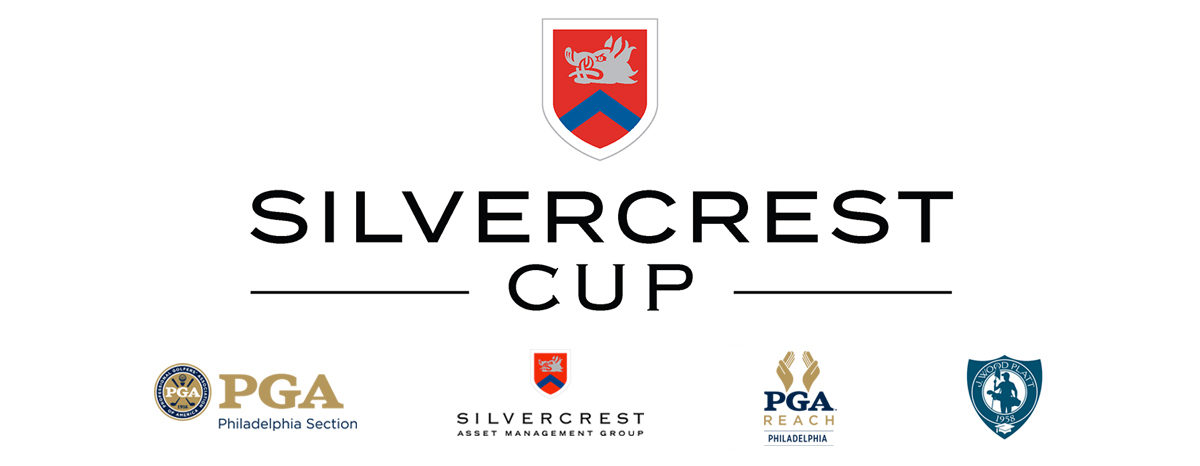PGA Member Eric Kennedy Leads Overbrook Golf Club Team to Victory in 2022 Philadelphia PGA Pinehurst Pro-Am
Pinehurst, N.C. (March 23, 2022) — Overbrook Golf Club’s PGA Head Professional Eric Kennedy led his team of amateurs, Mike Moran, James Kane, and Thomas Helmig, to victory in the 2022 Philadelphia PGA Pinehurst Pro-Am at the famed Pinehurst Resort in North Carolina.
The group finished with a team score of 23-under-par, 409, in the 54-hole one gross and one net competition, good for a three-stroke victory over the team from Bayside Resort G.C.: Bryce Young, PGA, Steve Dennis, Joe Fields, and Sid Burkot. Applebrook G.C.’s Dave McNabb, PGA, Chuck Lawson, John Diederich, and Jeff Shapiro finished third at 18-under-par.
The annual pro-am has become a staple on the Section’s tournament schedule each spring, and quickly sells out each season. This year, the field played Pinehurst’s Nos., 2, 4 and 8 courses, in addition to a practice round on No. 6. The highlight of the event each year is the round on No. 2; built in 1907 by renowned golf course architect Donald Ross, and restored in 2010 by Bill Coore and Ben Crenshaw, the course has hosted several major golf competitions, including a PGA Championship, a Ryder Cup, three men’s U.S. Opens, and a U.S. Women’s Open, with several more tournaments scheduled in the future.
While the team from the C.C. at Woodloch Springs finished tied for fourth place, one of their amateurs, Craig Schneider, delivered perhaps the best golf shot of the pro-am: a hole-in-one on No. 8’s 13th hole. Schneider used a 6-iron from 164 yards, in the rain, to record his ace.
To view the full 2022 Philadelphia PGA Pinehurst Pro-Am leaderboard, click here. To view photos from the event, visit our Facebook page by clicking here.
The Philadelphia PGA Section and its PGA Professionals thank our host, Pinehurst Resort, its management, host PGA Professionals, and staff, as the event would not have been possible without their support.
About the Philadelphia PGA Section
The Philadelphia PGA Section, covering eastern Pennsylvania, southern New Jersey and Delaware, is one of 41 geographical managing entities of the PGA of America. This Section manages nearly 900 PGA Members and Associates who are employed at over 590 golf facilities in our region.
Contact: Matt Frey, PGA, Communications Director, mfrey@pgahq.com









